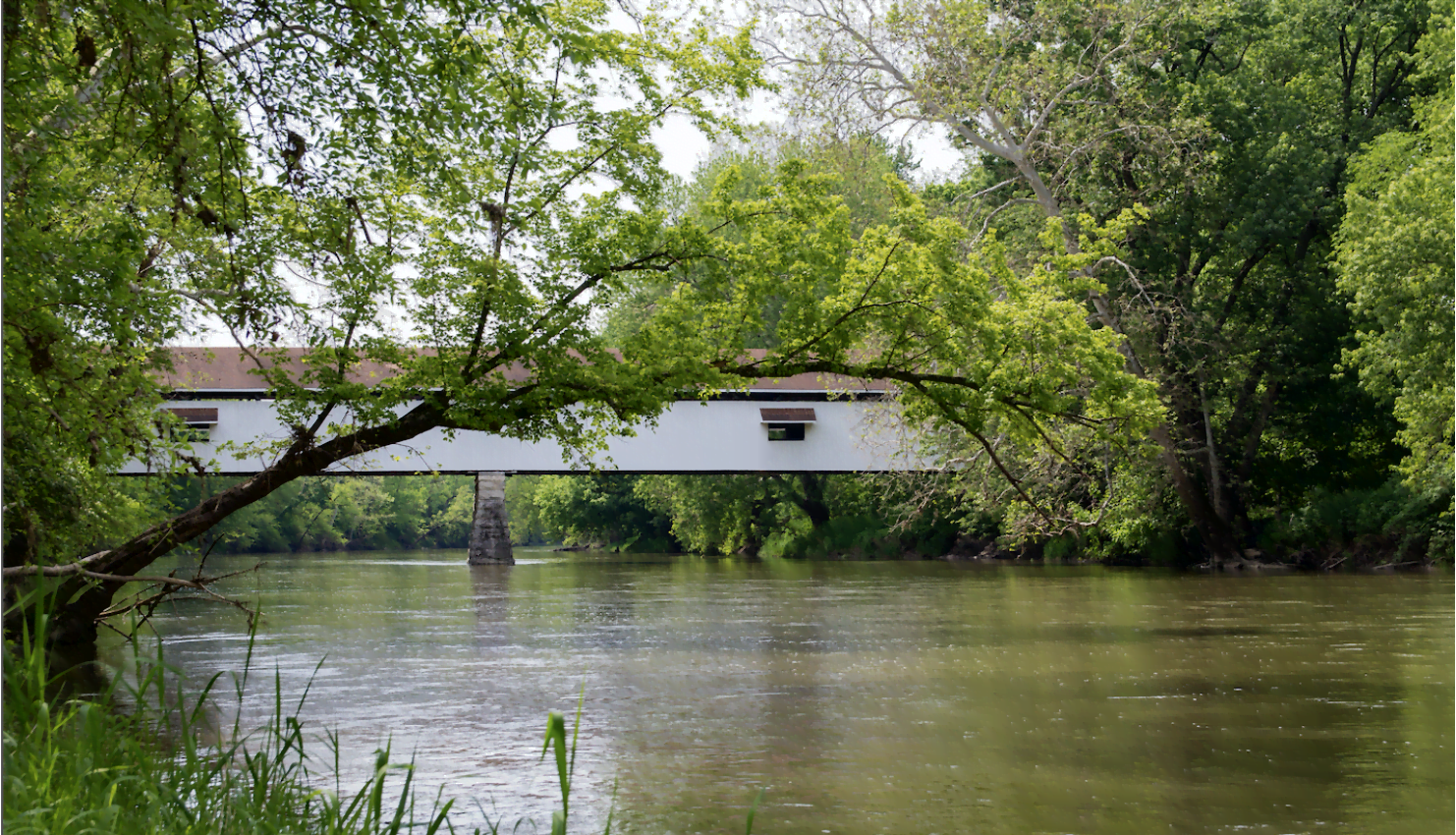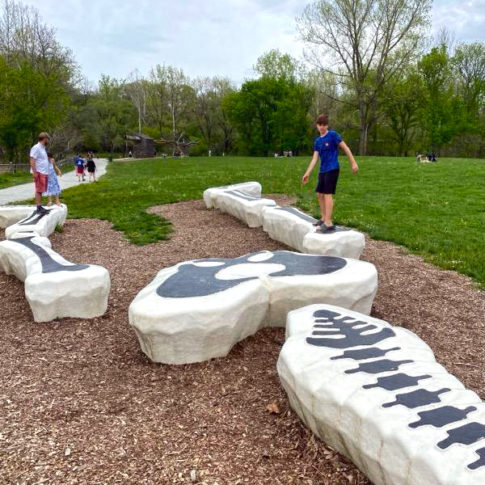Do you know how the White River got its name? When Hamilton County was founded in 1823, the White River was so clear that when sunlight hit its surface, it shot through the water and reflected off of white limestone pebbles and sand on the river bottom. This wide, white ribbon cut 25 miles through Hamilton County from Strawtown and on through Clare, Riverwood, Noblesville, Fishers and Carmel before spilling south to Indianapolis.
If the river were to get a new name today, “white” wouldn’t be an obvious choice. It’s too polluted with sediment that creates more shades of green and brown.
As we think about how our history relates to our local environment, we can look at the White River, which Hamilton County pulls from for the vast majority of its drinking water and relies on for agriculture and industry. The action — and inaction — of past residents have impacted the health of the White River as we know it today, but we can use these lessons to become better stewards of our natural resources.
Strawboard factory fish kill of 1896
While many people know about Guide Corp.’s devastating 1999 fish kill, Hamilton County Historian David Heighway writes about earlier ill-treatment of the White River on the Hamilton East Public Library blog.
“The White River at Noblesville had pollution problems from the earliest days of settlement,” Heighway writes. In the 1800s, waste from Cogswell’s tannery and the livery stables along Conner Street flowed straight into the river. The 1887 gas boom and subsequent industrialization made matters worse.
“One of the first factories that sprang up was the American Strawboard Company plant, which made a type of cheap cardboard from straw. The straw would be broken down with muriatic acid and re-formed,” Heighway writes.
The circa-1890 facility was said to be one of the largest strawboard plants in the world. Despite complaints about the site impacting water quality by March of 1891, it continued to run full throttle. When the plant finally agreed to cease operations long enough to carry out reservoir upgrades, citizens were upset that 150 men were without jobs. And still, stories about pollution kept the newspaper black with ink.
“The long-feared event finally happened on May 30, 1896. The levee between the refuse ponds and the river washed out, releasing an enormous amount of toxic waste. From Noblesville to Broad Ripple, the shore was lined with dead fish. People thought at first that poisons killed the fish, but a scientist later explained that a chemical reaction was taking oxygen out of water and fish were actually suffocating,” writes Heighway.
Eventually, a fine was levied against the plant for $250 and costs. There wasn’t much else the court could do, Heighway says, and by October, the strawboard company had purchased more land to build larger refuse ponds.
Society’s love-hate relationship with water
Many years later, the 1972 Clean Water Act made it a lot harder for polluters to pollute. The Act established the basic structure for regulating discharges of pollutants into the waters of the United States and regulating quality standards for surface waters….
Continue reading on the Hamilton County Bicentennial website…
Tagged in: History, Noblesville, Fishers



